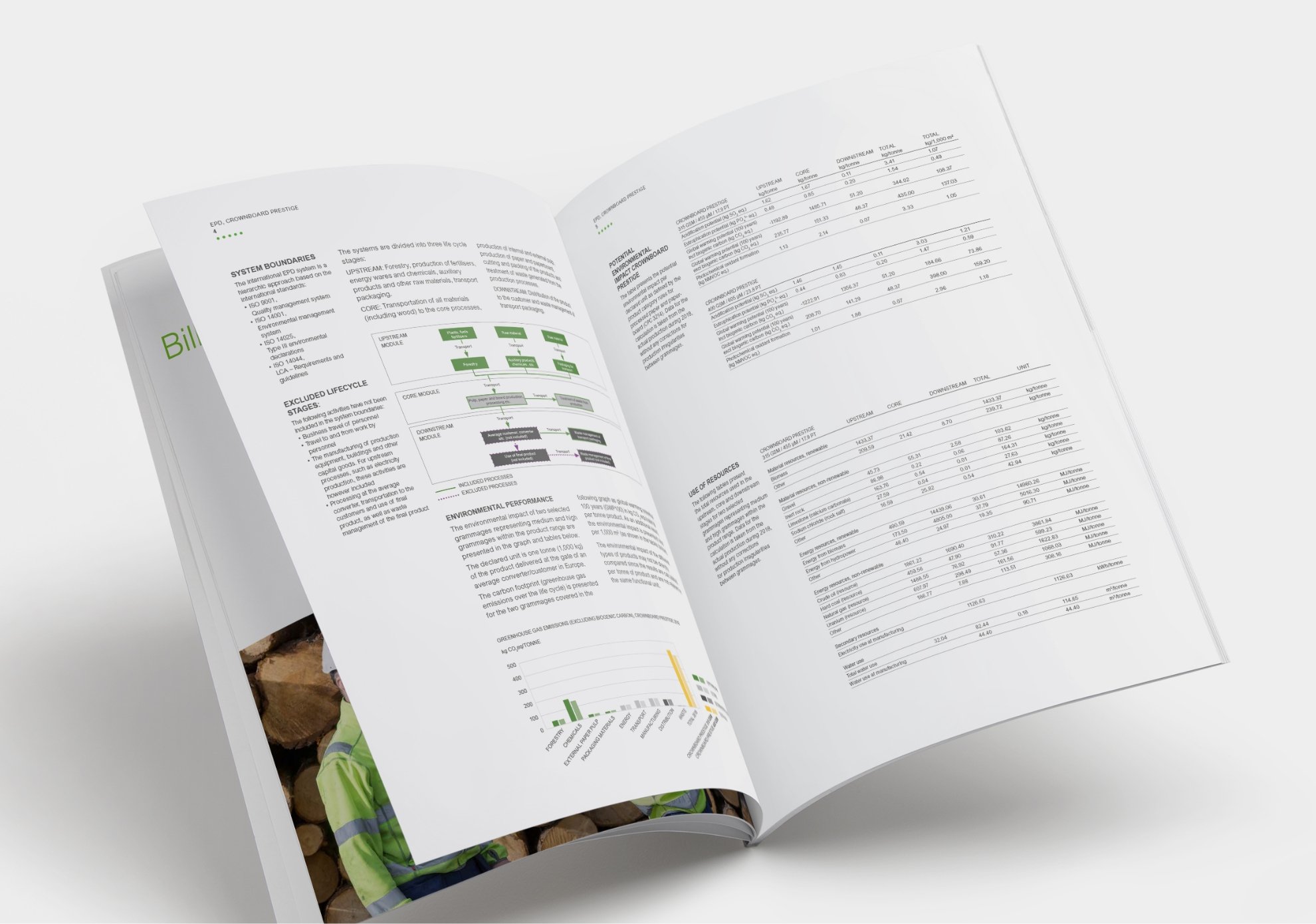- Article
Strengthen sustainability with credible life cycle assessments
Sustainable packaging is not only driven by consumer demands. It’s also driven by companies recognizing the inherent value of doing the right thing. However, making sustainable packaging choices is challenging. Organizations need trustworthy data on how sustainable a material is and how sustainable a packaging is throughout its lifecycle. This article provides insights into how to achieve this.
It all starts with correct data
For most companies, packaging is categorized under Scope 3 emissions, which includes all indirect emissions not directly generated by an organization but part of the value chain. Addressing these emissions is crucial for reducing carbon footprint, as they often constitute a significant portion of a company’s total emissions.
Understanding the environmental impact of the packaging under consideration is essential for making informed decisions. While many Environmental Product Declarations (EPDs) can be a good starting point, comparable Life Cycle Assessments (LCAs) considering the whole value chain are required to get the full picture. However, LCAs are often complex, and the information might not be relevant to specific situations.
Moreover, there’s no standard procedure to fall back upon. Still, decisions must be based on science and facts, not beliefs and hopes. Being true to the organization and the world around is crucial for building confidence and avoiding greenwashing. The absence of a standard procedure means creating one’s own path forward is necessary.

Three steps to informed decisions
Let’s start from the end: The goal is to determine the global warming potential, expressed as CO2eq (carbon dioxide equivalent), for each type of packaging under consideration. With that in mind, we recommend following these three steps.
Step 1: Ensure all data is based on science and facts
Data must be trustworthy. Rely on industry data from reputable public sources with a proven track record.
Step 2: Verify all calculations through a third-party
A second opinion is necessary. Seek help from independent third-party institutes to perform a methodological review, preferably according to established standards such as ISO 14040 (LCA principles) and ISO 14044 (LCA implementation).
Step 3: Define an LCA based on the specific situation
Each value chain is unique. Consider transport methods and routes, conversion and printing processes, and regional variations like end-of-life scenarios.
Does this seem complicated and time-consuming? We can assist you with everything to establish an LCA model relevant to your specific situation and needs.
We use our packaging sustainability tool as the foundation for our work. This tool is based on Sphera’s LCA for Packaging and LCA Content databases (Sphera is a renowned supplier in LCA modelling with over 10,000 users) as well as our own third-party reviewed EPD data. You will receive LCA reports comparing the global warming potential, expressed as CO2eq (carbon dioxide equivalent), for packages made from our products with other packaging alternatives. Essentially, you get what you need to take informed decisions - and of course our LCA reports also contains other environmental aspects for comparison if you want to.
Empower your packaging choices
Making packaging decisions based on sustainability performance throughout the value chain allows your organization to make a positive difference, driven by the simple fact that you want to do good. Feel free to contact us at Billerud to discuss how we can help you move forward confidently.
The three scopes of emissions
Scope 1 | Direct emissions from sources your company owns or controls, such as vehicle emissions and on-site fuel combustion.
Scope 2 | Indirect emissions from the generation of purchased electricity, steam, heating and cooling consumed by your company.
Scope 3 | All other indirect emissions in your value chain, including upstream and downstream emissions. Scope 3 emissions are particularly relevant for packaging as they encompass production, transportation and disposal emissions.




